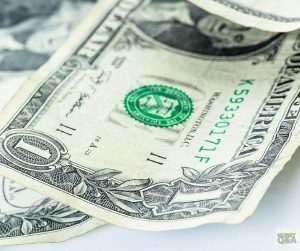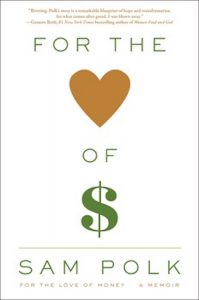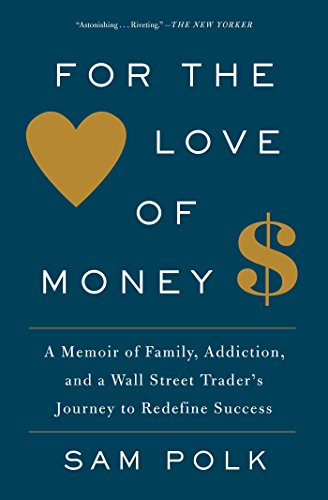 For many kids, back to school shopping is way more exciting than school itself. But, for the parents paying for cartloads of new school supplies, back to school shopping is a delicate and anxious balance between staying within budget and appeasing your kids’ desires to acquire the latest and greatest stuff to show off to their classmates. But, there are many ways to find back to school savings to help you stay on track with your budget.
For many kids, back to school shopping is way more exciting than school itself. But, for the parents paying for cartloads of new school supplies, back to school shopping is a delicate and anxious balance between staying within budget and appeasing your kids’ desires to acquire the latest and greatest stuff to show off to their classmates. But, there are many ways to find back to school savings to help you stay on track with your budget.
School supplies aren’t exactly cheap, after all: the National Retail Federation’s “Top Trends for 2016 Back-to-School and College Shopping” report published this summer found that parents with K-12 kids in the U.S. were spending an average of $673.57 on clothing, shoes, and school supplies in 2016, which is a $43 increase over the 2015 average figure.
6 Useful Back To School Savings Ideas
If your children are starting school soon and you’re looking for ways to save money on school supplies in the meantime, then don’t miss these useful back to school savings ideas.
Set Firm Limits
Kids want to jump in on all the latest trends, whether it’s Pokémon GO, Kylie Jenner’s new cosmetic line, or even smart watches. But buying a bunch of branded school supplies and cool but unnecessary gadgets (does your 4th grader really need a $90 calculator?) can really put a dent in your back to school budget.
Rather than caving into their pleas for a bunch of Pokémon binders, pencils, and backpacks, set a limit of one or two fun items and buy cheaper, generic school supplies for whatever else is on your shopping list. Back to school shopping should be a fun experience to get the kids pumped up for the new academic year.
But, setting firm budgetary limits and buying only what’s on your shopping list will help you save money by avoiding impulse purchases.
According to RetailMeNot, parents plan to spend an average of $273 on their children’s return to school this fall. That’s $27 more than parents anticipated spending last year.
According to RetailMeNot, parents plan to spend an average of $273 on back to school supplies in 2016.Click To TweetFind End-of-Summer Sales
If you live in an area that’ll stay warm for another couple weeks or months, then don’t miss the clearance racks at Target, Gap Kids, Macy’s and Old Navy for their end-of-summer sales on clothing. You’ll find everything from shorts and sandals to t-shirts and tank tops heavily discounted so these stores can make more room for their cold weather collections.
But, if winter isn’t coming just yet, then take advantage of the opportunity to score some great deals on summery clothing for your kids’ first couple months back at school.
Bring Coupons
Coupon clipping is mostly a thing of the past. Nowadays, you can find printable back to school savings within seconds through websites like Passion for Savings or The Krazy Coupon Lady.
There are also plenty of couponing apps out there to help you find coupons that will save you money on everything from backpacks and water bottles to pencils and notebooks. As an added bonus, incentivize your kids help find coupons for their own school shopping lists.
Let them spend the savings on something special, such as a new pencil bag with their favorite heroes or celebrities on it. For example, if they find $10 worth of savings in coupons, then they just earned $10 in extra spending money.






